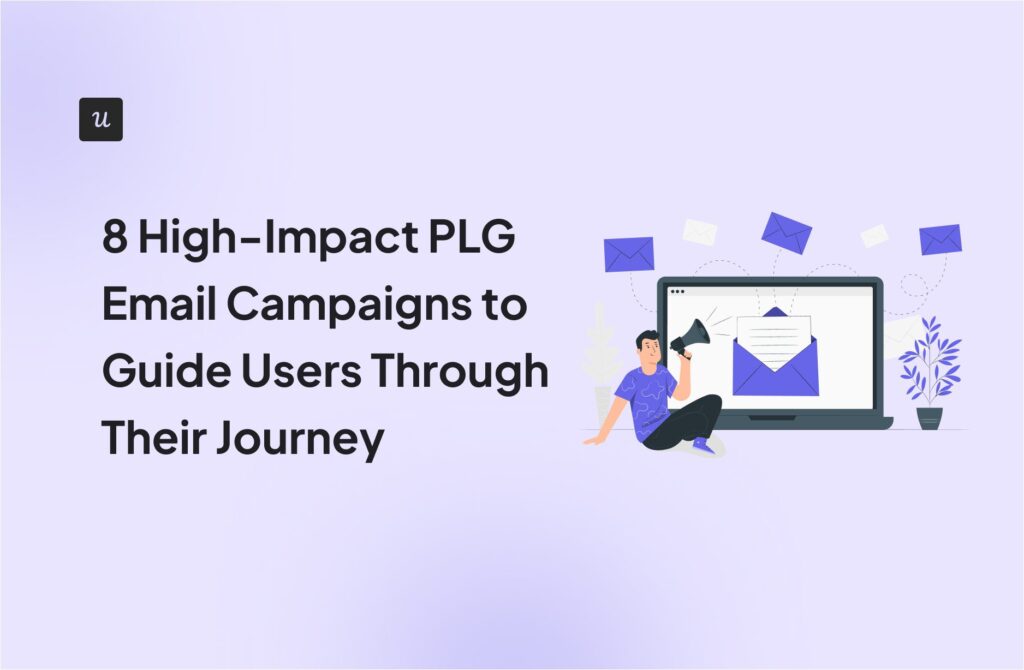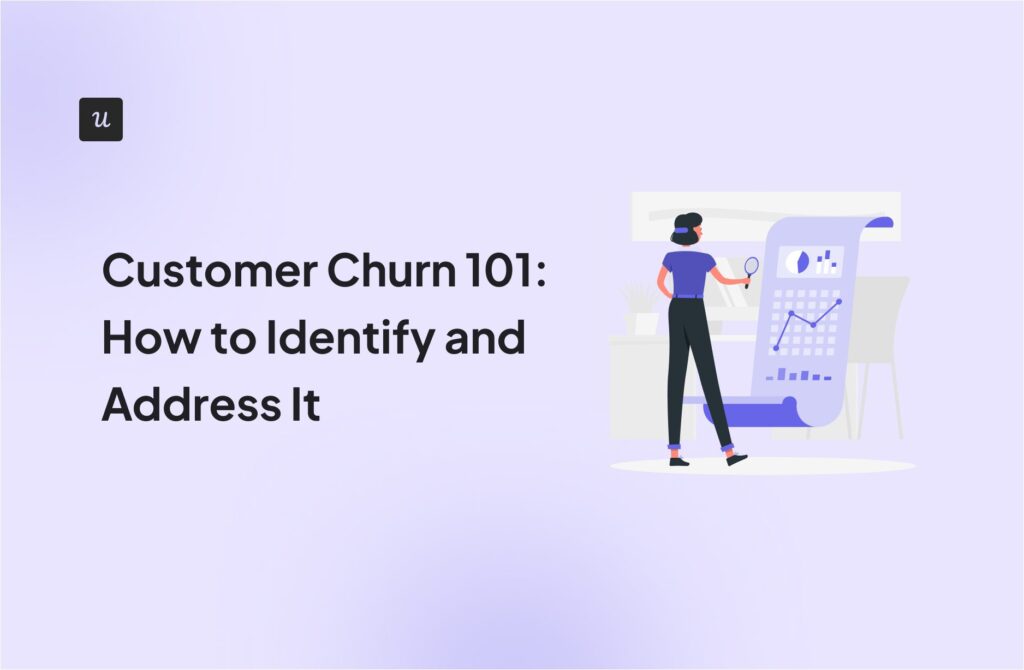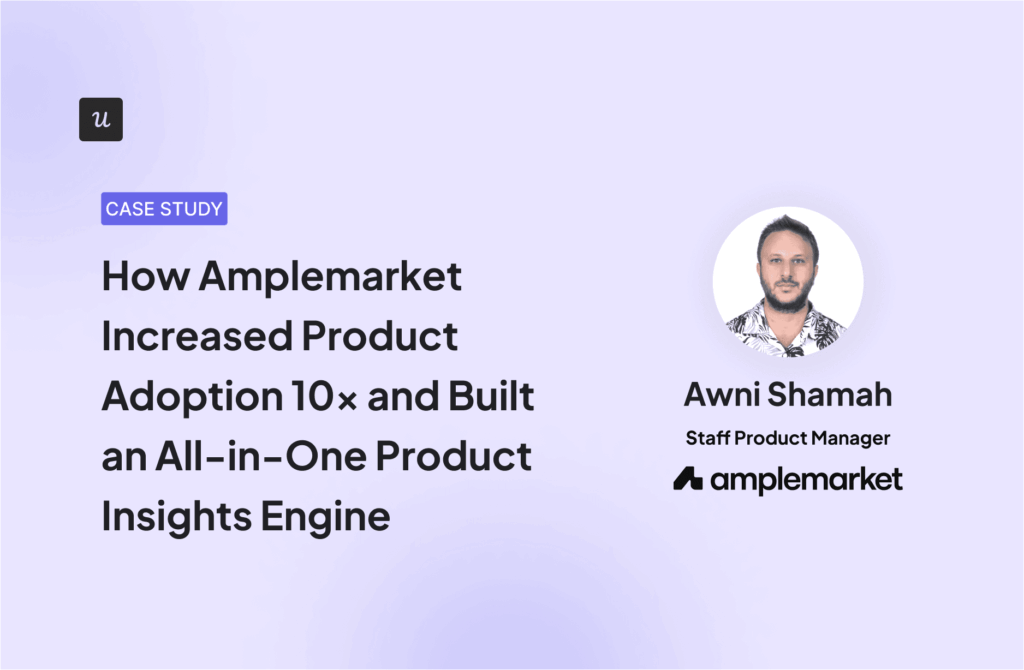![How to Increase Trial to Paid Conversion Rate [+ Actionable Tactics] cover](https://blog-static.userpilot.com/blog/wp-content/uploads/2024/02/how-to-increase-trial-to-paid-conversion-rate_80107032331fca3672a77907915b7de7_2000.png)
How to Increase Trial to Paid Conversion Rate [+ Actionable Tactics]
How you increase trial-to-paid conversion rate determines how good your SaaS model is.
But, how can you maximize this metric to attract more customers organically and cultivate product-led growth?
Let’s explore what trial-to-paid conversion rate truly means, how to measure it, and go through multiple free trial models, each with its unique advantages and ideal use cases.
Get The Insights!
The fastest way to learn about Product Growth, Management & Trends.
What is the trial-to-paid conversion rate?
The trial-to-paid conversion rate calculates how many free-trial users make the leap from free to paid subscribers. It serves as an indicator of your product’s value proposition and your ability to demonstrate that value to potential customers during the trial phase.
Plus, this rate not only measures success but also highlights opportunities for optimization and growth within your product strategies.
How to calculate trial-to-paid conversion rate?
Trial-to-paid conversion rate is calculated by dividing the number of users who upgrade from a free trial to a paid subscription by the total number of trial users.
The result is a percentage that represents your conversion efficiency. The formula looks like this:

What is a good trial conversion rate for SaaS?
Now, it’s normal that a lot of your trial users won’t convert into paid customers. But how much?
The average conversion rate depends on the industry and model. Roughly, a 15% conversion rate is good enough for opt-in free trials in B2C. This means your trial is effective in demonstrating value to a significant portion of users.
However, this benchmark increases to 25% in B2B. This is because you often need to offer high value upfront with live demos and a robust onboarding process.
A conversion rate that’s higher than 30%, on the other hand, is more than average and it means you’re already doing a great job.
Types of free trial models in SaaS
Now, your conversion rates will depend heavily on your free trial model, as not every mode is made equal.
That said, let’s explore multiple models to see what’s right for you:
Opt-in free trial
The opt-in free trial model invites users to try a product for a limited period without requiring upfront payment information. And it can only involve filling out a registration form and providing contact details.
This model is popular because it lowers the barrier to entry. Therefore, it’s easier for potential customers to experience the product’s value firsthand without much commitment.
That said, this model is better when you want to maximize the number of trial users and if your product can quickly demonstrate value during the trial period.

Opt-out free trial
On the other hand, the opt-out free trial model requires users to provide billing information upfront.
This means users are automatically charged for the subscription if they don’t manually cancel before the trial ends. Thus ensuring that only highly interested users sign up (potentially leading to higher conversion rates).
That said, this model is not only beneficial for filtering out less serious users, but it works particularly well for products with a longer learning curve or those that demonstrate their true value over longer periods of usage.

Usage-based free trial
Usage-based free trials offer access to a product or service for free but limit access or features based on usage. The same way Loom, for example, only allows 5-min recordings in its free version.
This model fits really well for products where the value increases with more extensive use— encouraging users to upgrade to unlock full capabilities.

Freemium
The freemium model provides a basic version of the product for free indefinitely. Users can upgrade to access additional features or enhanced functionalities.
Tools like Loom adopt this approach. It offers essential features (like recording 5-min videos) for free while reserving more advanced options for paying customers.
This model is best when your product benefits from deeper adoption, and you can offer premium features that provide more value to users who have already adopted your product.

Sandbox
A sandbox trial gives users a controlled and isolated environment to explore and test the product’s features with dummy data or limited functionality.
In practice, this model works for complex products requiring configuration before full implementation. Especially if they’re highly customizable or require user education to demonstrate their full potential.
Mixpanel’s live demo is a great example, as it’s a product that integrates deeply with the user’s workflow:

How to identify conversion friction?
The first step to optimize the trial experience is to identify and address conversion friction. That said, let’s go over some methods to identify friction:
Analyze user behavior using feature tag
If users aren’t engaging with essential features that showcase your product’s value, they won’t convert.
With feature tagging, you can monitor how users interact with core features during their onboarding and trial period. This will allow you to identify which aspects of your product are being overlooked.
For this, you can use an event tracking tool like Userpilot to tag and monitor feature engagement. And then, offer targeted onboarding steps or in-app guidance for underused features to boost activation rates.

Determine drop-offs using funnel analysis
Funnel analysis helps you optimize your trial-to-paid conversion rates by pointing out exactly where users disengage.
For this, set up a conversion funnel that tracks the user journey from sign-up to paid conversion. Then analyze each friction point and find ways to get feedback on why it happens. This can involve reaching out to customers or looking at session recordings.
As you collect data, you can work your way up by implementing solutions until the journey is as smooth as it can get.

Understand onboarding friction with path analysis
Path analysis provides a detailed view of the user navigation path after sign-up. This includes which onboarding steps are completed and where users steer off course.
This analysis helps you understand whether your onboarding flow effectively guides users toward conversion and which areas may require iteration.
To do this:
- Check user path analysis to identify common points of exit or confusion.
- Optimize onboarding content to ensure it effectively leads users toward realizing the product’s value.
- Test it out to see if it leads to better conversion rates.
- Find new rooms for improvements and repeat.

Collect user feedback after the free trial period
Direct feedback from users can highlight friction points that can’t be spotted through behavioral analysis.
For this, trigger in-app surveys at the end of the free trial period to gauge user satisfaction and identify obstacles to conversion. Make sure to use a mix of rating scales and open-ended questions to gather comprehensive feedback. For example, you can ask for further details if the user reports that they’re not satisfied.

Then, analyze survey data to make user-driven improvements that would’ve been impossible through any other analytics tool.
7 Examples of effective strategies to increase free trial conversion rates
Now, improving your trial to paid conversion rates can require more than eliminating friction. It can also involve focusing on personalizing the user experience, demonstrating value quickly, and engaging users throughout their trial period.
Let’s look at seven actionable CRO best practices that work great in converting free trial users.
Personalize onboarding experiences for free trial users
A personalized onboarding experience can significantly impact a user’s decision to upgrade.
To apply this, you can use a welcome survey to collect information from free trial signups and segment them based on their roles, goals, pain points, and jobs to be done (JTBD).
With this upfront data, you can trigger a personalized onboarding flow that’s designed for different use cases. This helps ensure users see the value of your product in the context of their specific needs.

Similarly, for mobile experiences, Userpilot enables you to onboard and engage app users by creating personalized messaging, push notifications, and surveys.
Offer live demos during free trials
Live demos can serve as a crutch to boost your conversion rates. As it can become an opportunity to demonstrate the value of your product to your prospects while dealing with their objections during the process.
To do this well, incorporate product demos within the trial experience. Showcase key features that are relevant to the customers, answer questions that are preventing them from committing, and guide users through the product step by step.
This experience won’t only educate users about your product but also build a deeper relationship from the start—increasing the likelihood of conversion.

Use interactive in-app guidance to engage users
Interactive guidance is another way to improve conversion rates, as it helps users navigate and understand your product better—enhancing their experience by encouraging exploration.
That said, instead of showing a generic product tour that users are likely to skip, you can implement an interactive walkthrough to:
- Guide users step-by-step with progressive onboarding.
- Respond to in-app behavior in real time.
- Avoid overwhelming users with information they won’t retain.
- Enhance the user’s learning experience, as they can grasp how to use core features while interacting with the product.

Increase free trial conversions by A/B testing upgrade prompts
One conventional way to optimize conversion rates is by A/B testing the timing, messaging, and design of your upgrade prompts.
This means creating two different versions of your modals, tooltips, or banners, and then running multivariate tests to see which one converts better.
With A/B testing tools that support in-app flows (like Userpilot), you’ll be able to analyze the engagement performance of those versions such as time spent on each version, completion rates, and feature usage—as well as test continuously and improve your expansion strategy over time.

Use in-app messages to promote FOMO for premium features
Creating a sense of urgency or FOMO (Fear Of Missing Out) can be a powerful motivator for users to upgrade from freemium plans.
For this, try sending targeted in-app messages that promote new features, limited-time offers, or exclusive content available only to paying customers. Make sure to design in-app messages that communicate the novelty of premium features or time-sensitive offers (just like in the Grammarly screenshot below).
This way, using urgency can become helpful to encourage users to upgrade and access the full product experience.

Trigger contextual upgrade prompts to freemium users
Free trials can also be used as an upselling technique to generate paying users as well.
For this, start by identifying high-value features that are exclusive to your premium plans (this could include those features that your power users engage with the most). Then, offer your free users a free trial for these premium features so they’re compelled to try it out (just like the example below).

Finally, once the user gets used to them, prompt users to upgrade at the end of their free trial to retain access to the advanced features. Just ensure these prompts are well-written and timed.
This way, the free trial becomes an upsell opportunity as trial users experience the value of the premium features and realize that it’s worth upgrading their plan to keep using them.

Constantly remind users about the free trial expiration using banners
Implementing visual reminders about the approaching end of the free trial period (such as banners or notifications) can spur action from users who are still undecided.
This can involve adding a countdown to induce a sense of urgency and encourage users to upgrade before their access is restricted, or offering a limited discount so they don’t have to wait until the trial ends in order to upgrade.
In short, the idea is to make it easy for them to upgrade with a clear CTA and a seamless transition to paid plans.

Conclusion
Transitioning trial users into paying customers requires a deep understanding of user behavior, preferences, and the subtle barriers that prevent them from experiencing the full value of your product.
We’ve learned that by implementing personalized onboarding experiences, leveraging live demos, employing interactive guidance, and carefully testing and refining your upgrade prompts, you can significantly boost your conversion rates.
So if you’re a product manager who needs to implement some of these strategies without coding, why not book a Userpilot demo to see how you can increase the trial-to-paid conversion rate?






